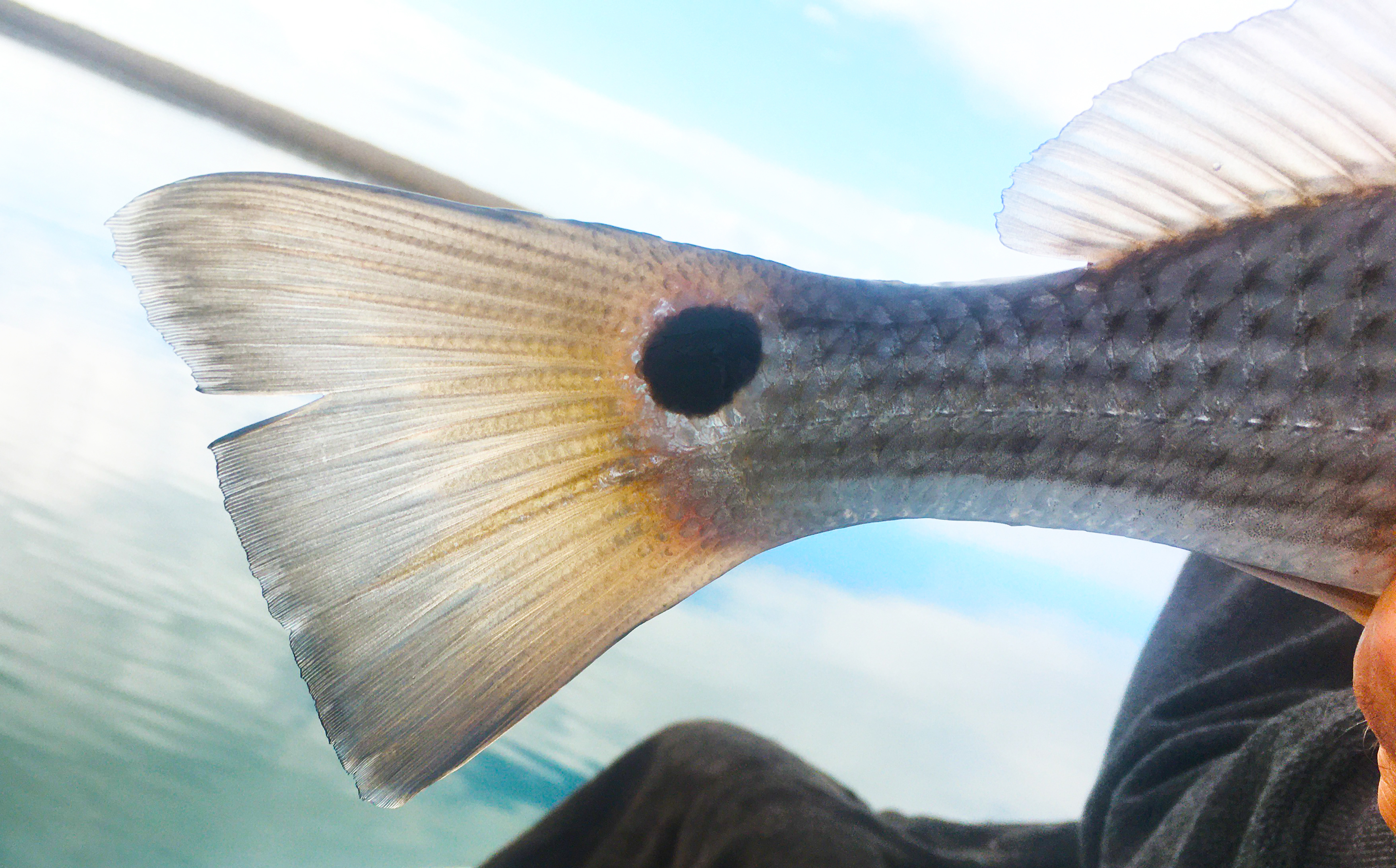How Chasing Redfish Made Me a Better Trout Fisherman
Posted by Peter Stitcher on 15th Jan 2020

Being used to the slow and winding commute along Rocky Mountain river canyons, my adrenaline was pumping as the guide gunned his flats boat through hairpin turns and narrow creeks of North Carolina’s outer banks. The target this particular morning were Redfish (Red Drum) and Speckled trout, and I had enlisted the expertise of seasoned fly guide Capt. Judson Brock of Wilmington NC based Muddy Fly Guide Service to teach me the ropes and get me in front of some fish. Whenever I fish a new water or target a new species, I treat it as an opportunity to learn and hone my overall skill as fly fisher. However, being a trout junkie at heart, my brain ultimately takes the lessons learned on the salt flats of Mexico, the tidal marshes of North Carolina, or the croc-infested waters of Kenya and seeks to apply them to the pursuit of trout. With that said, here are a couple lessons learned from my time chasing Redfish on the fly.
Location, Location, Location
In the salt marsh, 95% of the fish utilize 5% of the water, and that 5% of inhabited water is constantly shifting based on the ebb and flow of the tide. If you want to see and catch Redfish, you need to learn the seasonal and daily preferences of the fish and move with them. The movement of trout in rivers is constrained by flow and the banks of the river, so 90% of the fish will consistently be found in approximately 10% of the river and this 10% will shift based on season. In the warmer months, trout tend to congregate in the oxygen saturated and fish feeding lanes of riffles and the heads of pools. As water temperatures drop and the size of available food and the trout’s metabolism decrease, fish tend to hold in deep slow pools, lazily feeding at the head or tail of the pool. Learning the habits and preferred habitat of your target species will help you to get your fly in front of more fish year-round.
Spot & Shoot
As trout anglers, we often approach the river like a page dimpled with brail dots. We run our fly line like fingers over the bottom of the river, feeling for trout in a series of fan-like casts. This technique doesn’t work on the salt flats or marshes, as the bright lines and depth charge-like streamer splashes are more likely to spook your quarry than catch it. Spending more time stalking and spotting fish before lining up a purposeful cast and drift is not only going to produce more and bigger fish on the flats, but it will net you more fish on the trout stream as well.
Precision & Power
The foundation of a good cast is good technique. If you have good technique and can make accurate 30-foot casts, you will be able to push that streamer through the winds of the flats and deliver it in front of a cruising red 60 feet off the front of the boat. Precise technique and good casting mechanics come before and are more important than power. Practice your casting form and mechanics regularly and often, both on the water and at the local park. After you hone the foundational elements of your cast and have consistent precision at close range, add in hauling and double hauling to increase your range. Building out your casting toolbox will serve you well on the trout stream and on salt water.
Learn to Strip
I know where your mind went and I feel that I need to remind you that this is a piece about fly fishing and not a recommendation on how to pay for that new Winston 5 weight you’ve had your eye on! When tossing streamers, you need to experiment with how long to allow the streamer to sink after delivering a cast, the speed of the strip (or retrieval), the length of the strips, and how long or often you should pause between strips. Each species of fish, each water, and the different seasons of the year require us to adjust our moves and how we dance our streamers through the water if we want to attract the attention of feeding fish. When fishing streamers, adjust how you strip and retrieve your fly through the water and look to the trout for feedback. When you find the right depth, speed, and rate of retrieve, the trout are going to reward you with a fins up and tight line!

My father in law Mike Baratta with his first Redfish!
Whenever you pursue a new fish species, meet anglers from across the country or around the globe, or have the opportunity to share a boat or streambank with a guide, embrace it as an opportunity to learn! We are on a journey together, sharing a passion for the water and the sport of fly fishing, and the lessons learned and shared will make us all better anglers!

